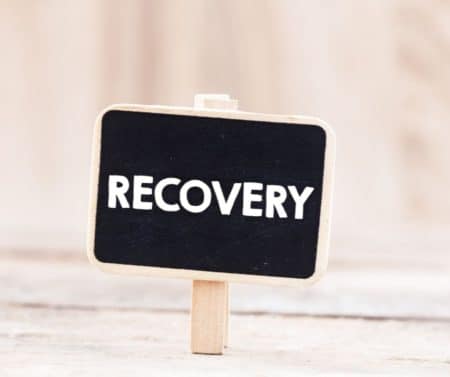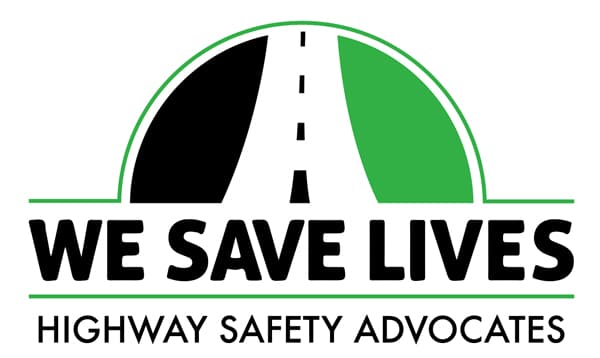
Why is this different than any other type of injury?
At some point in our lives, many of us will be injured – an unexpected accident. An injury.
- We stepped off a curb or lunged for a tennis ball and sprained our ankle;
- We fell – and broke a bone;
- We were holding onto the overhead strap of the bus, and hurt our shoulder when the bus suddenly lurched.
And, even though these injuries may need some investigation (an x-ray, a visit to the doctor, rest), over time and with management directed at settling down the acute symptoms, we gradually recover and are able to return to all our pre-accident activities. Being injured in a motor vehicle crash (MVC) often involves a much more complicated recovery.
An MVC- can mean:
- Being injured when we are in a car;
- Being injured when we are on a motorcycle or bicycle or any other moving vehicle;
- Being hit by a vehicle when we are a pedestrian.
There are many factors that can affect the type of injury we sustain:
- where we were sitting in the vehicle (driver, front or back seat passenger);
- the speed of the vehicle we were in and/or the one that may have hit us;
- the position our body was in – on impact (head turned to one side, picking something off the floor, looking behind you to talk to a person sitting in the back seat )
- If there were young children or any at-risk individuals in the vehicle, the emotional effect of the crash can be significant even if no one was physically injured.
The main difference between a more ‘straight-forward’ acute injury (like a sprained ankle) and a MVC is that it is possible that different types of injuries occur ‘at the same time’.
- soft tissue injuries- to muscles and joints;
- damage to internal organs;
- internal bleeding;
- fractures or ‘hair-line cracks’ in bones;
- a traumatic brain injury (TBI) – the ‘force’ of the impact causes movement of the brain to occur within the vault of the skull.
And these injuries can happen even if you do not SEE anything different on the surface of your body.
A Few Words of Caution
- after the crash, you will be ‘happy that you survived the crash’ (and may dismiss other symptoms you are feeling).
- many people will experience an immediate but short-term loss of consciousness (a few seconds) and then suddenly feel like they are O.K. These feelings can suggest you have had some type of brain trauma.
Management Immediately After a MVC:
Whether an ambulance is called or whether you think you are fine to drive home on your own- it is best to:
- Call the police. Report the collision. Do not just exchange insurance information with the person in the other vehicle (even if pressured to do so). It is important to have an accident report documented.
- Call an ambulance. Contact your family doctor and go to the Emergency Department (ER) of your local hospital (preferably by ambulance or being taken by another driver).
- Explain in as much detail as possible what has just happened in the crash.
- If you are feeling lightheaded, nauseous or off balance, it would be best to get an MRI of your brain. The physical effect of a TBI is usually ‘invisible’ a few days post trauma BUT if a brain scan can be obtained immediately after the accident, it may demonstrate some changes to the brain structure that were caused by trauma.
- Start being ASSERTIVE immediately about what just happened to you and what you are feeling. Do NOT let anyone else tell you that you are fine if you do not feel that way.
- However, it is likely that, unless you are unconscious or have observable trauma, you will be discharged home from the ER.
- If you are not able to be assessed in an ER, ensure that you see a health practitioner, preferably your family doctor as soon as possible after the accident. It is important to have the report of the accident documented in his/her medical records should you need treatment that may be paid by your auto insurer.
When You Are Home:
- The most important time to begin your recovery is to start immediately after the crash.
- Ask for help is the most important first step.
- Take time off work- for a minimum of 10-14 days. (you may need to contact your employer, and/or have your doctor complete specific forms.)
- Ask other family members or friends to manage your housework, child-care, food preparation (wouldn’t you do the same things for them?)
- By paying attention to how you are feeling, your body will tell you what to do- and when to do it.
- Use ice or heat to settle the immediate discomfort, change position often, support yourself on as many pillows as you need to rest, take the occasional pain pill– to ensure you get some sleep.
- As the injury pain settles, move more often, stay up for longer periods of time, work at household tasks for short periods of time- but listen and pay attention to what your body is telling you to do. Stop or take breaks, as needed.
- Be cautious about taking drugs like muscle relaxants and anti-inflammatory medication immediately after ‘new trauma’. It is best for your body to heal on its own- and in its own time.
- If you take prescription drugs for any pre-accident conditions, speak to your family physician before you take any other drugs for pain or discomfort post- accident.
If you continue to experience pain or other symptoms that you did not have before the accident, it is time to move onto the next phase of your recovery and rehabilitation. Find the right health professional to help guide you through the next steps.
Submitted by Gloria Gilbert, Physiotherapist
For more information please visit www.dontgogotheouch.com
This article is also featured in our 2022 Fall Issue of Sharing our Recovery.
The Crash Support Network is a unique website consisting of an online support group, a Crash Survivor Blog written by a survivor, our Sharing Our Recovery Newsletter, informative articles and a Virtual Crash Memorial. Our website is based on relationship-building and puts the needs of survivors first by creating a helpful resource for victims and survivors of motor vehicle crashes.





